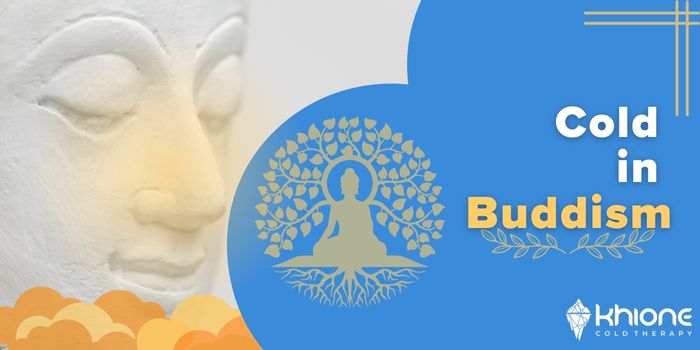Cold is a concept that has been explored and used in various ways in Buddhism, particularly in the practice of mindfulness and meditation. In Buddhist teachings, cold is often seen as a symbol of impermanence and the temporary nature of all things, including physical sensations.
In mindfulness meditation, practitioners are encouraged to become aware of physical sensations, including those related to cold. This can involve focusing on the sensation of cold in the body, such as the feeling of cold air on the skin or the sensation of cold water during a shower. Through this practice, practitioners can learn to observe their sensations without judgment or attachment, and to see that these sensations are always changing and impermanent.
In addition to its use in mindfulness meditation, cold is also incorporated into certain Buddhist practices aimed at cultivating compassion and loving-kindness. For example, some practitioners use the sensation of cold as an opportunity to cultivate empathy and compassion for others who may be experiencing discomfort or suffering from the cold.
Another way in which cold is used in Buddhism is in the context of spiritual practices aimed at purifying the mind and body. For example, in some traditions, practitioners engage in cold water immersion as a way of purifying the body and mind, and as a symbol of the impermanence of physical sensations.
In conclusion, the concept of cold plays an important role in Buddhist teachings and practices. By exploring and becoming mindful of sensations related to cold, practitioners can deepen their understanding of impermanence and cultivate compassion, empathy, and a purified mind and body.





